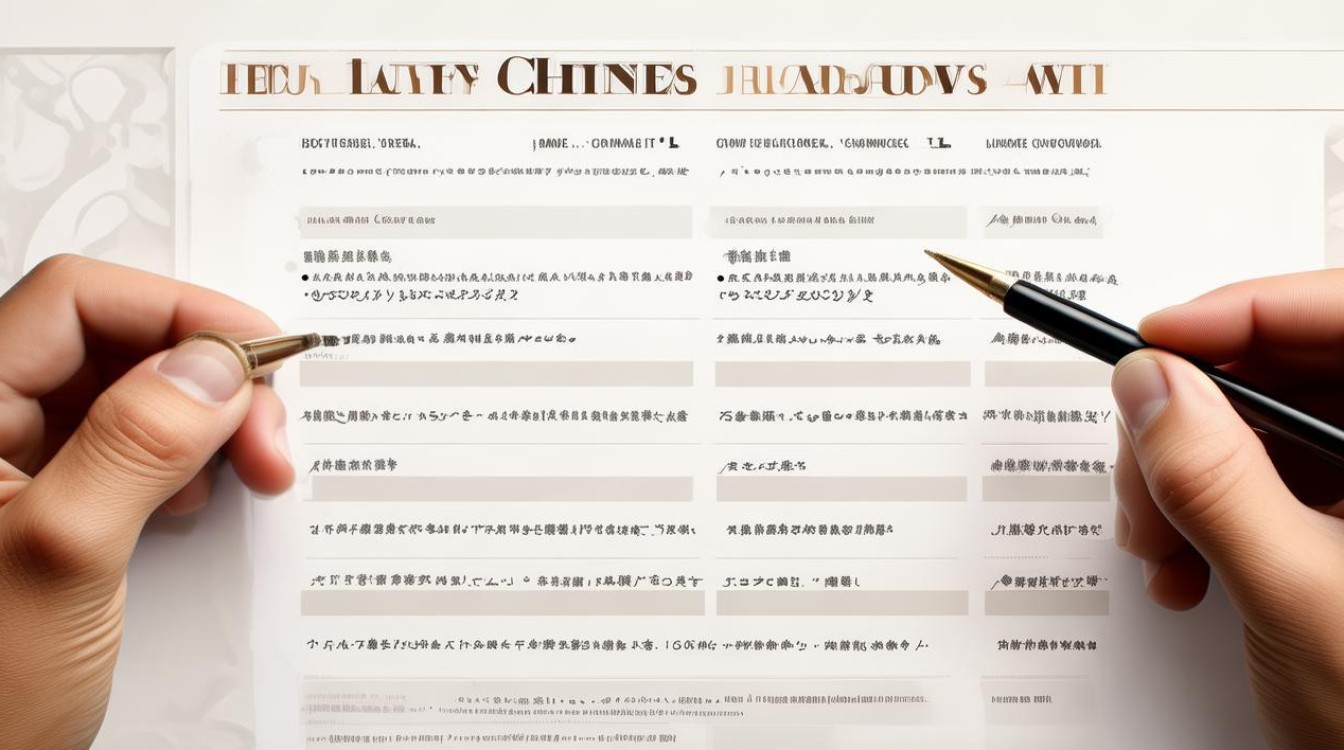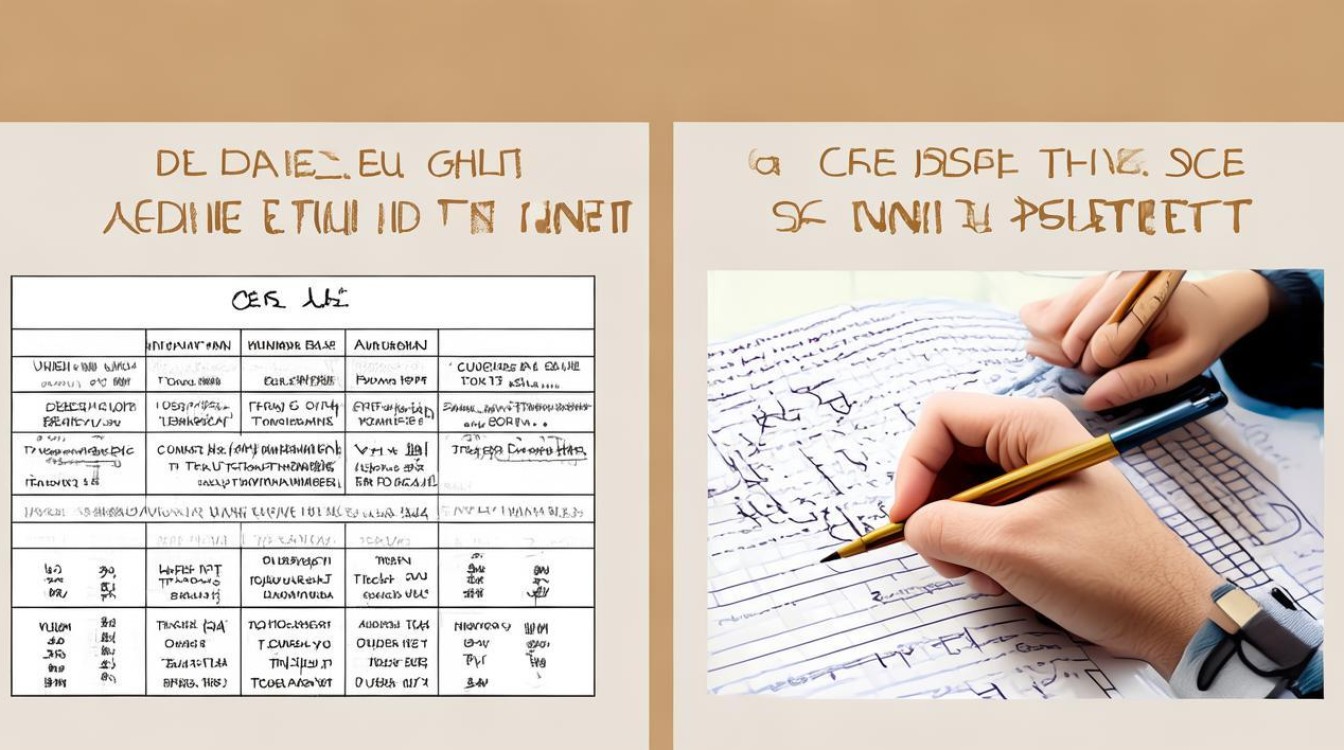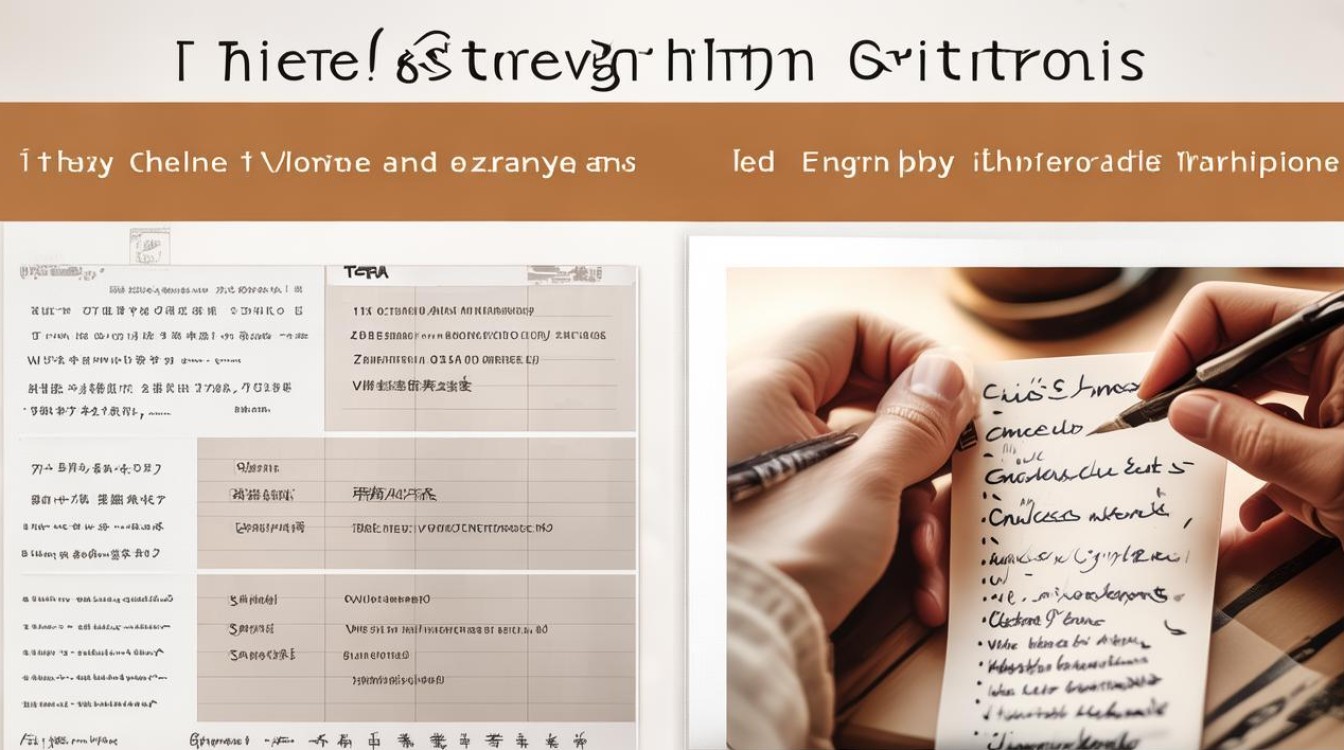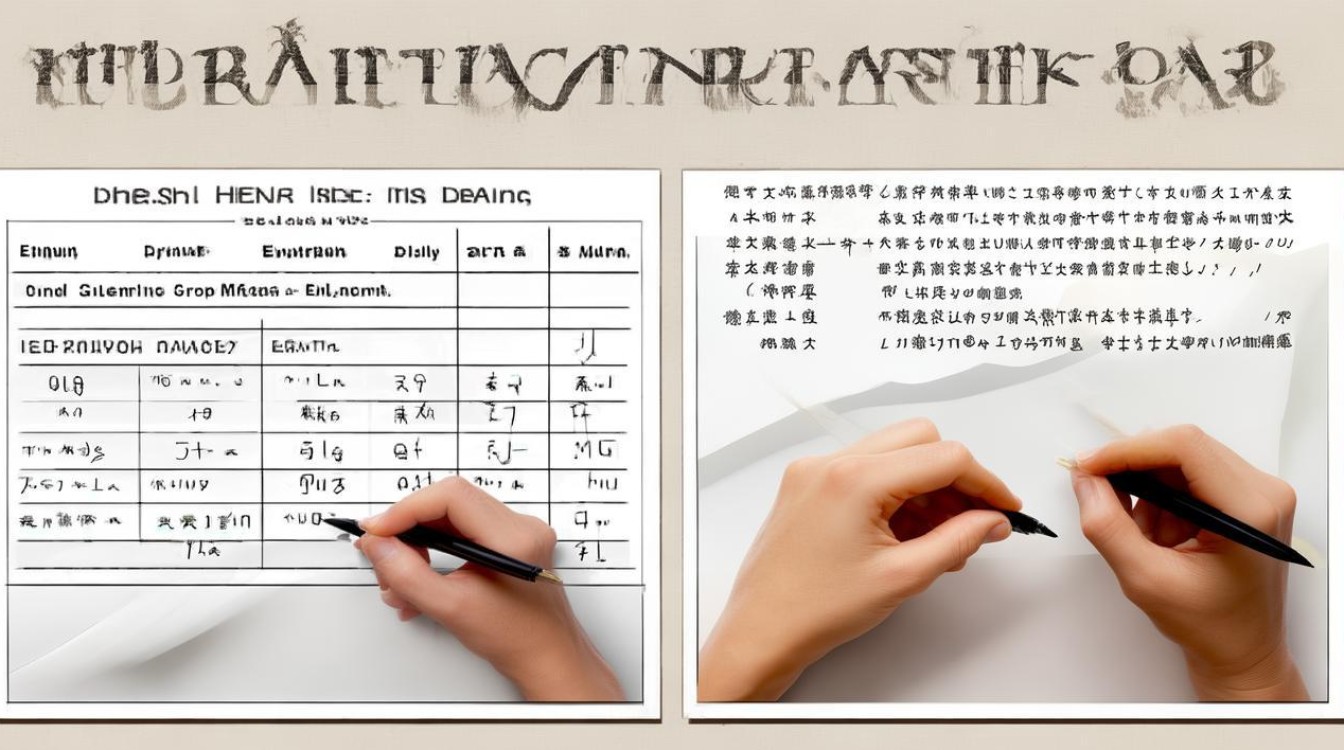Learning a new language opens doors to different cultures and ways of thinking. Among the most widely spoken languages globally, English and Chinese stand out—each with unique structures, expressions, and cultural influences. For students, professionals, or language enthusiasts, understanding these differences can enhance communication skills and deepen appreciation for both languages.

Grammar and Sentence Structure
One of the most striking differences lies in grammar. English follows a strict subject-verb-object (SVO) order, while Chinese often uses a topic-comment structure.
- English: "She eats an apple." (Subject + Verb + Object)
- Chinese: "她吃苹果。" (Tā chī píngguǒ.) – Literally, "She eat apple."
Chinese grammar is more flexible, omitting articles ("a," "the") and verb conjugations. English, however, requires tense markers ("-ed," "-ing") and plural forms ("apples"). This makes English grammar rules more complex for Chinese learners, whereas English speakers may struggle with Chinese’s contextual nature.
Writing Systems
English uses an alphabetic system with 26 letters forming words. Chinese relies on logographic characters, each representing a syllable and meaning.
- English: Letters combine to create words (e.g., "cat" = c + a + t).
- Chinese: Characters convey meaning (e.g., "猫" (māo) means "cat").
Memorizing thousands of characters is challenging for non-native learners, while English’s phonetic system allows quicker reading once pronunciation rules are mastered.

Pronunciation and Tones
English has stress patterns and intonation, but Chinese is tonal. The same syllable with different tones can mean entirely different things:
- "Ma" in Mandarin:
- 妈 (mā) – "mother"
- 麻 (má) – "hemp"
- 马 (mǎ) – "horse"
- 骂 (mà) – "scold"
English speakers must train their ears to distinguish tones, while Chinese learners often find English vowel sounds and stress patterns tricky.
Vocabulary and Idioms
Both languages have unique idioms reflecting cultural perspectives:
- English: "Break a leg" (meaning "good luck").
- Chinese: "画蛇添足" (huà shé tiān zú, "draw legs on a snake")—meaning unnecessary additions.
Literal translations often fail, so understanding cultural context is essential.

Formality and Politeness
Politeness markers differ significantly:
- English: Uses modal verbs ("Could you...?" "Would you mind...?").
- Chinese: Relies on honorifics (e.g., "您" (nín) for formal "you") and context.
Chinese often omits pronouns when context is clear, while English requires explicit subjects.
Punctuation and Spacing
- English: Spaces separate words; punctuation like commas and periods are crucial.
- Chinese: No spaces between characters; punctuation is similar but used slightly differently.
For example, Chinese uses "。" for periods and "," for commas, while English uses "." and ",".
Cultural Influence on Expression
Western cultures favor directness, while Chinese communication often emphasizes harmony and indirectness:

- English: "Your proposal has issues."
- Chinese: "Maybe we can consider improving the proposal."
This cultural nuance affects business, education, and daily interactions.
Learning Challenges for Native Speakers
- English Speakers Learning Chinese: Tones, characters, and grammar flexibility are major hurdles.
- Chinese Speakers Learning English: Articles, tenses, and pronunciation (e.g., "th" sounds) pose difficulties.
Practical Tips for Learners
- For English Learners: Focus on tones and practice character writing daily.
- For Chinese Learners: Master verb conjugations and listen to native English content.
Language learning is a journey. Recognizing these differences helps tailor study methods for faster progress. Whether mastering English or Chinese, patience and practice are key. The rewards—connecting with diverse cultures and expanding cognitive horizons—are well worth the effort.
Understanding these distinctions not only aids language acquisition but also fosters cross-cultural empathy. As globalization continues, bridging linguistic gaps becomes increasingly valuable. Embrace the challenge, and let curiosity guide the way.

